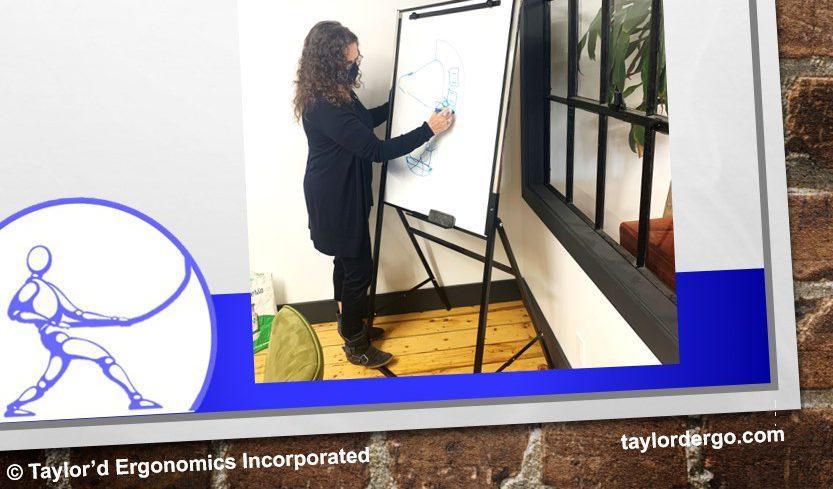An ergonomist should work synergistically with Human Resources, since both aim to optimise human performance!
Have you ever worried that a consultant might embarrass you in some way? Perhaps a consultant has delivered a shoddy report that you were reluctant to share. Maybe you’ve had a bad student experience. (Virtually every ergo student has suggested that the “answer” is to slow down production or hire more people; we whisper quietly in our students’ ears, before they say or publish anything, that they need to work a bit harder to find a solution that doesn’t undermine productivity.) I was lucky to have an amazing mentor, 30+ years ago, so I learned to navigate around common pitfalls early in my career. Our company has always worked hard to optimise our clients’ experience, and when we make a mistake, we learn and adjust.
Here are three ways that an ergonomist can effectively support the work of HR in your organisation:
1. We provide professional technical support. When completing an assessment, an ergonomist should:
- Appear and act professionally in the workplace.
- Listen empathetically, and objectively, to worker and management concerns.
- Work with appropriate stakeholders to come up with solutions. Ergonomists must be sensitive to the constraints that you work with every day, and must avoid suggesting changes that cannot work in your environment. That said, we can’t identify a hazard without reporting a corresponding solution, so we need to be persistent and creative, to come up with something that works.
- Use objective (data-driven) analysis tools to evaluate hazards, and to demonstrate that the recommendations will work.
- Write clear and concise reports, which the client can confidently share.
2. Ergonomists should encourage the awareness and use of ergonomics throughout the organisation. We can develop employee awareness materials such as bulletins and company newsletter content. Taylor’d Ergo provides our regular clients with ergo awareness resources on a regular basis, at no additional cost. As if by magic, monthly bulletins, weekly ergo thoughts, quarterly contests, puzzles and handouts appear, without any on-site time investment at all!
Ergonomists should also encourage key stakeholder groups (engineering, quality, maintenance, management, etc.) to apply ergonomics in their day-to-day activities. This often involves targeted training for each group, developing useful resources, and building relationships through regular interaction.
3. Ergonomics should help position your company as a place where people want to work, and where their comfort and health is valued. Our activities should align with your vision for the human resources in your organisation. We connect with employees directly; for example, we can provide practical training to allow employees to optimise the use of furniture and equipment, and to use best practices to optimise their comfort at work. We are approachable, so employees won’t hesitate to ask for advice, long before their aches become injuries. We bridge any gaps between what workers need and want, and what management needs and wants. A company that cares about employee morale, safety, comfort, and productivity, also cares about ergonomics.
Ergonomists can support and enhance the work done by Human Resources professionals (and Engineering, too….more on that later). Are you using ergonomics effectively? We can help.


